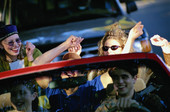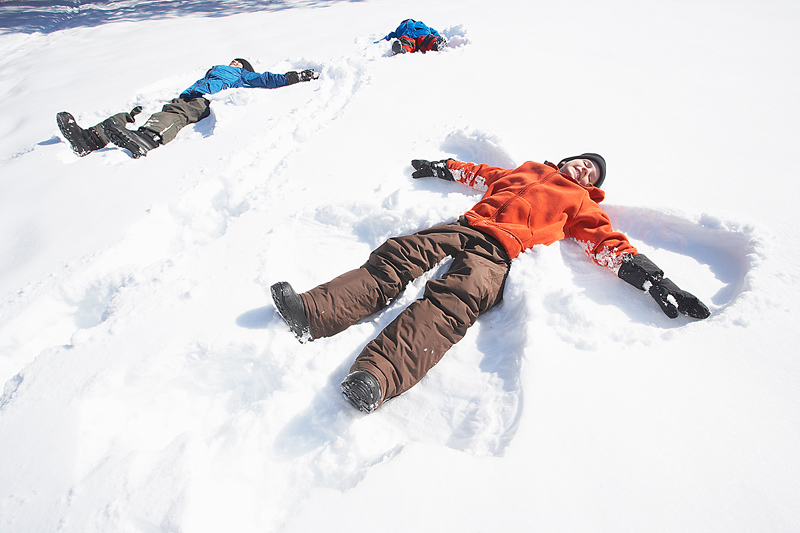
TUESDAY, July 22, 2014 (HealthDay News) — Car crashes are the leading cause of accidental death among American teens, and parents need to take steps to keep their teens safe when they’re on the road this summer, an expert says.
The period between Memorial Day and Labor Day is the deadliest time of the year for teen drivers and passengers, according to the AAA auto club.
“Even more than drinking and driving — which, thanks to strong messaging, is at an all-time low — distracted driving is a huge problem for teens. [That] includes anything that takes their attention away from the road: cellphones, texting, music and GPS, but most of all, other passengers,” Jane McCormack, trauma program manager at Stony Brook University Hospital, said in a university news release.
“The number one thing parents can do to help keep their teen drivers safe is get involved and stay involved,” she advised. “Just because a teen has completed driver’s education training and has received a license does not mean he or she is road ready.”
McCormack offered a number of tips for parents, including not giving teens free use of the car.
“Teens who have to ask for permission to take the car have fewer crashes, better safety records and higher rates of seat belt use,” she noted.
Along with pointing out unsafe behaviors by other drivers, parents should explain to their teens why they make certain driving decisions.
“Describe what you are doing. This will give your teen context and rationale for the things that you do automatically based on your more than 20 years of experience behind the wheel,” McCormack said.
It’s also important for parents to be good role models. “If you talk on your cellphone, eat lunch, apply makeup and peek at text messages while driving, why should a teen listen to you when you ask them not to do the same?” she noted.
Give teens a 10 p.m. “carfew” — meaning they must have the car home by that time. “Most fatal crashes occur at night, so this takes the teen off the road during the most dangerous hours,” McCormack said. “If an adult driver needs to transport the teen after 10 p.m., that teen will be safer.”
Another strategy suggested by McCormack is to create a parent-teen driver contract that clearly outlines parents’ expectations, including not texting and driving, not drinking and driving, and not getting into a car with a driver who has been drinking.
More information
The U.S. National Library of Medicine has more about safe driving for teens.
Copyright © 2025 HealthDay. All rights reserved.

